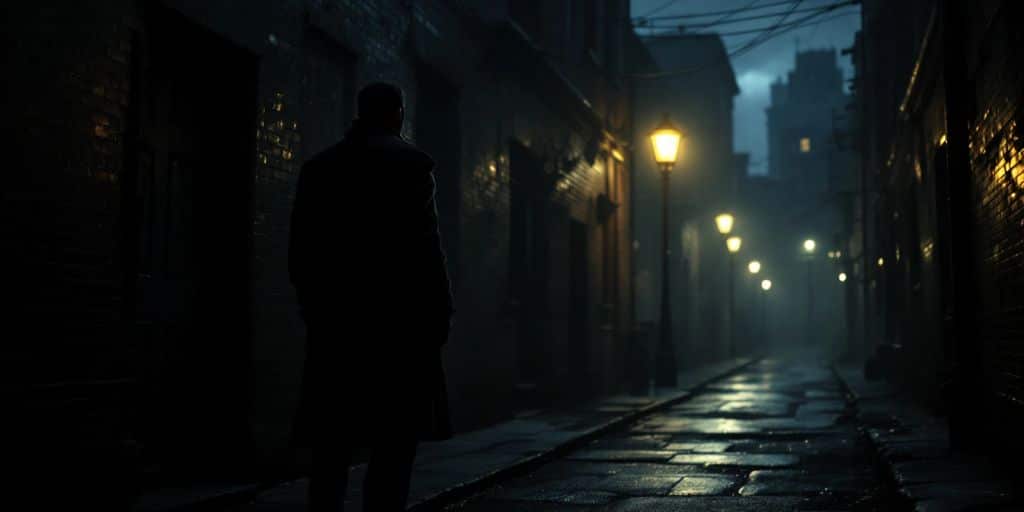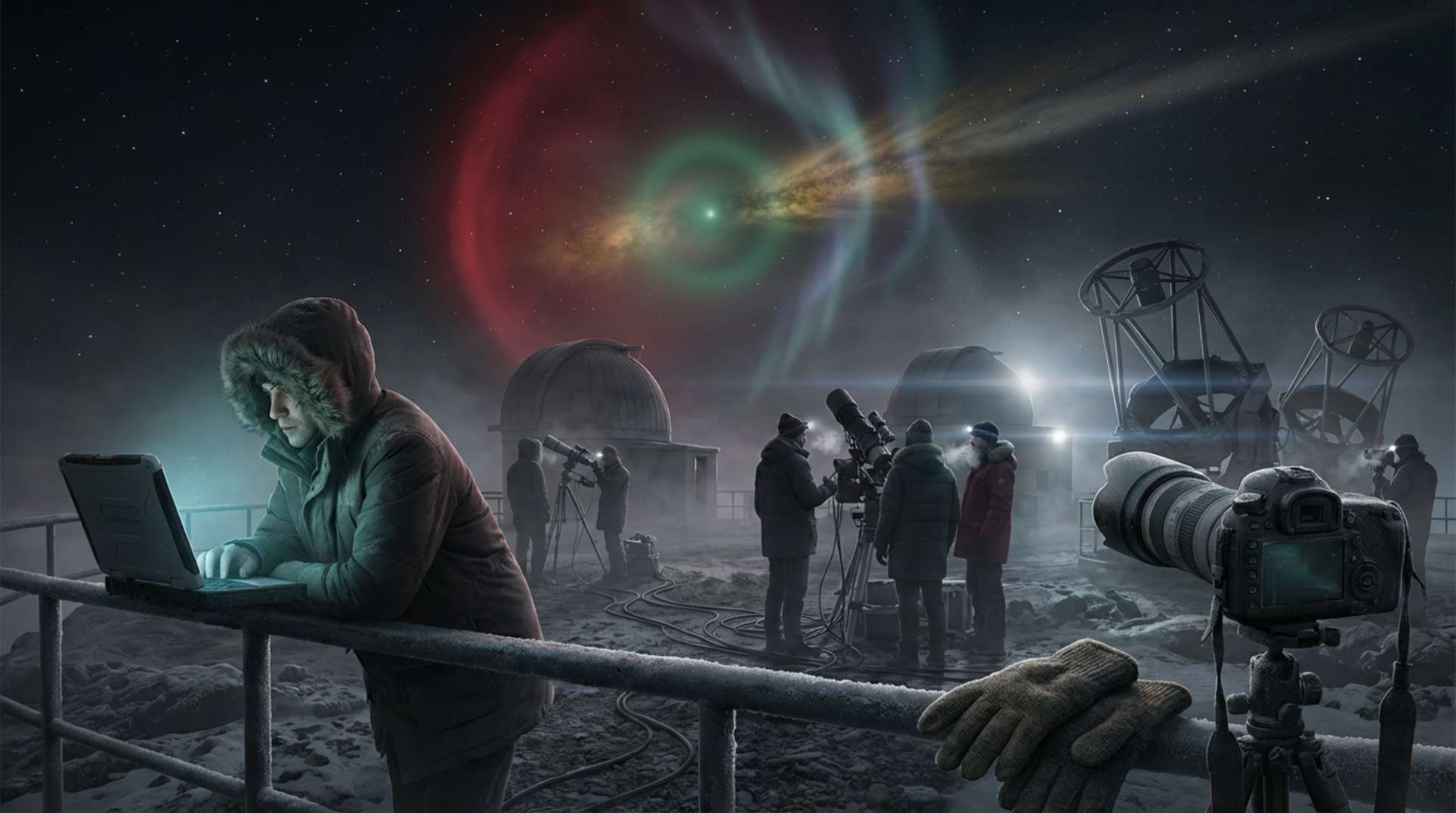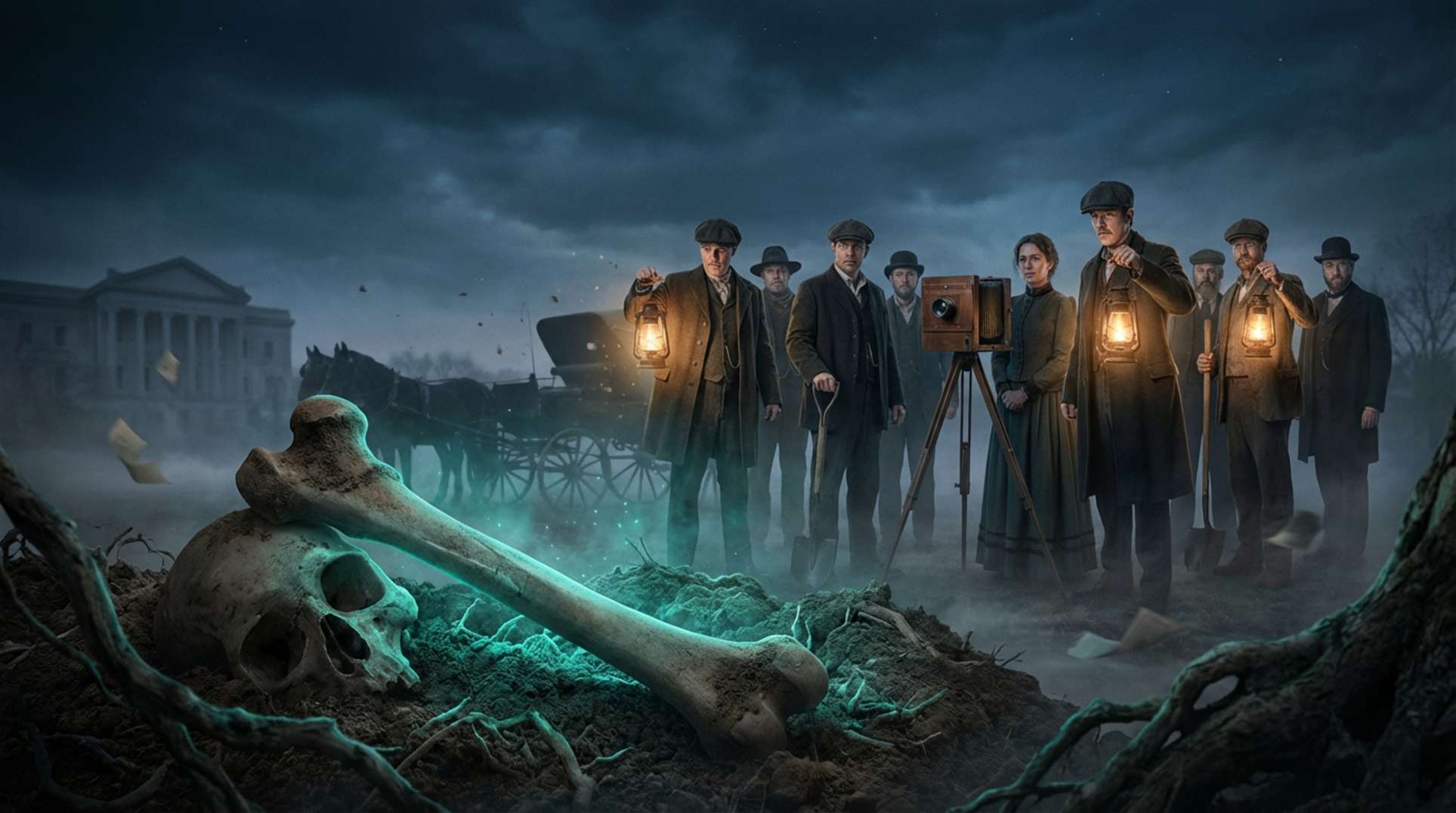In today’s world, the fascination with true crime stories has become a significant part of our culture. From podcasts to TV shows, these narratives not only entertain but also provoke deep discussions about justice and morality. This article explores how true crime impacts our understanding of justice in modern society, highlighting the relationship between crime, media, and the legal system.
Key Takeaways
- True crime stories captivate audiences by exploring the minds of criminals and the details of their actions.
- Media coverage can significantly influence public opinion and the outcomes of high-profile trials.
- There are ethical concerns about how victims are portrayed in true crime narratives, raising questions about respect and sensitivity.
- True crime can highlight social justice issues, prompting discussions about reform and equality in the legal system.
- The quest for closure in unsolved cases shows the ongoing impact of crime on communities and individuals.
The Allure of True Crime: A Cultural Obsession

The Rise of True Crime in Popular Media
The fascination with true crime has surged in recent years, captivating audiences through various platforms. From gripping documentaries to chilling podcasts, the genre has become a staple in modern entertainment. True crime stories resonate deeply, as they explore the darkest aspects of human nature and the complexities of justice.
Psychological Fascination with Criminal Minds
Why are we drawn to the minds of criminals? The allure lies in our desire to understand the unfathomable. Many people find themselves intrigued by the psychological profiles of offenders, seeking to unravel the mysteries behind their actions. This fascination often leads to:
- A deeper understanding of human behavior
- Exploration of societal norms
- Reflection on personal safety and morality
Impact on Public Perception of Justice
True crime narratives shape how we view the justice system. They can create a sense of urgency and demand for accountability, but they also risk sensationalizing real-life tragedies. The stories told can influence public opinion, leading to:
- Increased scrutiny of legal processes
- Heightened awareness of victims’ rights
- Calls for reform in law enforcement practices
The stories we consume shape our understanding of justice, reminding us that behind every crime, there are real lives affected.
In this cultural obsession, we find a blend of horror and hope, as true crime continues to captivate and challenge our perceptions of justice and morality. As we delve deeper into these narratives, we must remain aware of their impact on society and the individuals involved.
Justice in the Spotlight: Trials and Tribulations
High-Profile Cases and Media Influence
In the world of true crime, high-profile cases often become spectacles, drawing the attention of the public and media alike. These cases can shape perceptions of justice and influence the outcomes of trials. The media’s portrayal can create a narrative that sways public opinion, sometimes even before the trial begins. This phenomenon raises questions about the fairness of the judicial process.
The Role of Public Opinion in Judicial Outcomes
Public opinion can be a powerful force in the courtroom. When a case captures the public’s imagination, it can lead to:
- Increased scrutiny of the legal proceedings.
- Pressure on jurors to conform to popular sentiment.
- Potential bias against defendants or victims based on media narratives.
Balancing Fair Trials with Media Sensation
The challenge lies in balancing the need for a fair trial with the media’s insatiable appetite for sensational stories. Courts must navigate:
- Maintaining juror impartiality despite media coverage.
- Protecting the rights of the accused while ensuring justice for victims.
- Addressing the impact of social media on public perception.
In the shadows of the courtroom, the line between justice and spectacle blurs, leaving many to wonder: who truly holds the power in the pursuit of justice?
The Dark Side of Storytelling: Ethical Dilemmas in True Crime
Victim Exploitation and Sensationalism
In the world of true crime, the line between storytelling and exploitation can often blur. Victims’ stories are sometimes told in ways that prioritize shock value over sensitivity. This raises important questions about the ethics of sharing such narratives. Here are some key points to consider:
- Respect for victims: Are we honoring their memory or merely using their tragedy for entertainment?
- Impact on families: How do these stories affect the loved ones left behind?
- Media responsibility: What role does the media play in shaping these narratives?
The Thin Line Between Fact and Fiction
True crime stories often walk a precarious path between reality and dramatization. While some creators strive for accuracy, others may embellish details for dramatic effect. This can lead to:
- Misrepresentation of events: Distorting facts can create false narratives.
- Public misconceptions: Viewers may form opinions based on inaccurate portrayals.
- Legal implications: How do these dramatizations affect ongoing investigations or trials?
Responsibility of Content Creators
As the popularity of true crime continues to rise, so does the responsibility of those who create these narratives. They must navigate ethical dilemmas carefully. Here are some responsibilities they should uphold:
- Prioritize truth: Ensure that the stories told are as accurate as possible.
- Consider the impact: Reflect on how their work affects victims, families, and the justice system.
- Engage with sensitivity: Approach storytelling with compassion and respect for all involved.
In the shadows of true crime storytelling, the quest for justice must not overshadow the humanity of those affected. The stories we tell shape our understanding of crime and justice, and with that power comes a profound responsibility.
The Intersection of True Crime and Social Justice

Highlighting Systemic Inequalities
True crime stories often reveal systemic inequalities that exist within our society. These narratives can shine a light on how certain groups are disproportionately affected by crime and the justice system. For instance:
- Racial bias in arrests and sentencing
- Economic disparities influencing legal representation
- Gender-based violence and its underreporting
True Crime as a Catalyst for Reform
The gripping nature of true crime can serve as a powerful catalyst for social change. By engaging audiences, these stories can:
- Raise awareness about injustices
- Mobilize communities for advocacy
- Inspire legislative changes to address systemic flaws
Stories that Spark Change
Some true crime cases have ignited movements for justice, leading to significant reforms. Notable examples include:
- The case of The Central Park Five, which highlighted wrongful convictions and racial profiling.
- The Me Too movement, which gained momentum from stories of sexual assault and harassment.
- The Black Lives Matter movement, which was fueled by high-profile cases of police violence.
In the shadows of crime, we find the echoes of injustice, urging us to confront the uncomfortable truths that lie beneath the surface.
As we explore the intersection of true crime and social justice, we uncover a complex relationship that challenges us to reflect on our values and the systems that govern our lives. Let us navigate these narratives with care, ensuring that our engagement contributes to a greater understanding of justice and humanity.
Unsolved Mysteries: The Eternal Quest for Justice

Cold Cases and the Pursuit of Closure
The world is filled with unexplained mysteries that linger in the shadows, waiting for someone to shed light on them. Cold cases, often forgotten, represent the stories of lives cut short and families left in anguish. The pursuit of closure is not just about solving a crime; it’s about restoring dignity to the victims and their loved ones. Here are some notable cold cases:
- The Disappearance of Maura Murray: A college student vanished in 2004, leaving behind a trail of questions.
- The Zodiac Killer: This infamous serial killer taunted authorities with cryptic messages, and his identity remains a mystery.
- The Murder of JonBenét Ramsey: The tragic death of a young beauty queen continues to haunt investigators and the public alike.
The Role of Technology in Solving Crimes
Advancements in technology have revolutionized the way we approach unsolved cases. Here are some key tools that have emerged:
- DNA Analysis: Modern forensic techniques can analyze even the smallest samples, leading to breakthroughs in old cases.
- Digital Forensics: Investigators can now extract data from phones and computers, revealing crucial evidence.
- Social Media: Platforms can help gather tips and information from the public, creating a community of sleuths.
Public Involvement in Unsolved Cases
The quest for justice often extends beyond law enforcement. The public plays a vital role in solving mysteries:
- Crowdsourcing Information: Many cases have been solved thanks to tips from ordinary citizens.
- Documentaries and Podcasts: These platforms raise awareness and keep the stories alive, encouraging new leads.
- Online Forums: Communities dedicated to discussing unsolved cases can generate fresh insights and theories.
The search for truth in unsolved mysteries is a journey that intertwines hope, despair, and the relentless pursuit of justice. Each case is a reminder that behind every statistic lies a story waiting to be told.
In the realm of true crime, the shadows of unsolved mysteries beckon us to explore deeper, to question, and to seek the light of justice that remains elusive.
The Psychological Impact of True Crime on Society

Fear and Paranoia: A Double-Edged Sword
The fascination with true crime can lead to intense fear and paranoia among viewers. While some may feel more prepared for potential dangers, others may become overly anxious about their safety. This duality creates a complex relationship with the genre, where the thrill of the unknown can quickly turn into dread.
Empathy and Understanding Through Crime Stories
True crime narratives often evoke deep empathy for victims and their families. By exploring the human side of crime, audiences can gain a better understanding of the emotional toll it takes on those affected. This connection can foster compassion and a desire for justice, pushing society to reflect on its values and the systems in place.
The Influence on Criminal Behavior
Interestingly, the portrayal of criminals in true crime can sometimes influence behavior. Some studies suggest that exposure to these stories may lead to a desensitization to violence or even inspire copycat crimes. This raises ethical questions about the responsibility of content creators in shaping public perception and behavior.
The allure of true crime is a double-edged sword, captivating audiences while simultaneously instilling fear and anxiety. As we delve into these dark tales, we must remain aware of their profound impact on our psyche and society.
Summary of Psychological Effects
| Effect | Description |
|---|---|
| Fear and Paranoia | Heightened anxiety about personal safety and crime rates. |
| Empathy | Increased understanding and compassion for victims and their families. |
| Influence on Behavior | Potential desensitization to violence or inspiration for copycat crimes. |
True Crime and the Legal System: A Complex Relationship
How True Crime Shapes Legal Precedents
The world of true crime often casts a long shadow over the legal system. Documentaries and media portrayals can influence public opinion and even sway legal outcomes. Here are some ways true crime impacts legal precedents:
- Increased scrutiny on law enforcement practices.
- Public pressure leading to changes in laws.
- Influence on jury decisions due to media coverage.
The Impact on Law Enforcement Practices
Law enforcement agencies are not immune to the effects of true crime narratives. The portrayal of police work in popular media can lead to:
- Heightened expectations from the public regarding crime-solving.
- Changes in investigative techniques to align with public interest.
- Increased funding for departments to adopt new technologies.
Challenges in Maintaining Objectivity
As true crime stories unfold, the line between fact and fiction often blurs. This creates challenges for the legal system, including:
- Bias in public perception, which can affect jury pools.
- Pressure on legal professionals to conform to sensational narratives.
- Ethical dilemmas regarding the portrayal of victims and suspects.
The intertwining of true crime and the legal system serves as a reminder that the quest for justice is often as complex as the stories themselves. The narratives we consume can shape our understanding of right and wrong, justice and injustice, leaving us to ponder the true cost of our fascination with crime.
The connection between true crime and the legal system is both fascinating and complicated. It shows how crime stories can shape public opinion and influence legal practices. If you’re curious to learn more about this intriguing topic, visit our website for a wealth of resources and insights. Don’t miss out on the chance to explore deeper!
Conclusion
In the shadows of our society, the dance between true crime and justice unfolds like a haunting tale. As we peel back the layers of these dark stories, we find ourselves captivated by the mysteries they hold. Each case reveals not just the actions of individuals, but also the echoes of a justice system grappling with its own flaws. The allure of true crime draws us in, yet it also serves as a mirror, reflecting our deepest fears and curiosities. As we navigate this complex landscape, we must remember that behind every headline lies a human story, often filled with pain and loss. In our quest for understanding, let us tread carefully, ensuring that our fascination does not overshadow the very real consequences of these narratives. In the end, the shadows may reveal more than we expect, urging us to seek a balance between intrigue and empathy in our pursuit of truth.
Frequently Asked Questions
What is true crime and why is it popular?
True crime is a genre that tells real stories about crimes and criminals. It’s popular because people are curious about the darker sides of human nature and what drives someone to commit a crime.
How does the media influence public perception of justice?
Media often shapes how we see justice by highlighting certain cases, which can lead to public opinion affecting court decisions and how cases are handled.
What are some ethical concerns related to true crime storytelling?
Some concerns include the potential exploitation of victims and their families, as well as the risk of sensationalizing tragedies for entertainment.
Can true crime stories lead to social change?
Yes, true crime stories can raise awareness about social issues, like inequality in the justice system, and inspire people to advocate for change.
How do unsolved cases affect families and communities?
Unsolved cases can leave families in a state of uncertainty and grief, while communities may feel unsafe and seek closure.
What role does technology play in solving crimes today?
Technology helps law enforcement solve crimes faster and more accurately, using tools like DNA testing and online databases.




